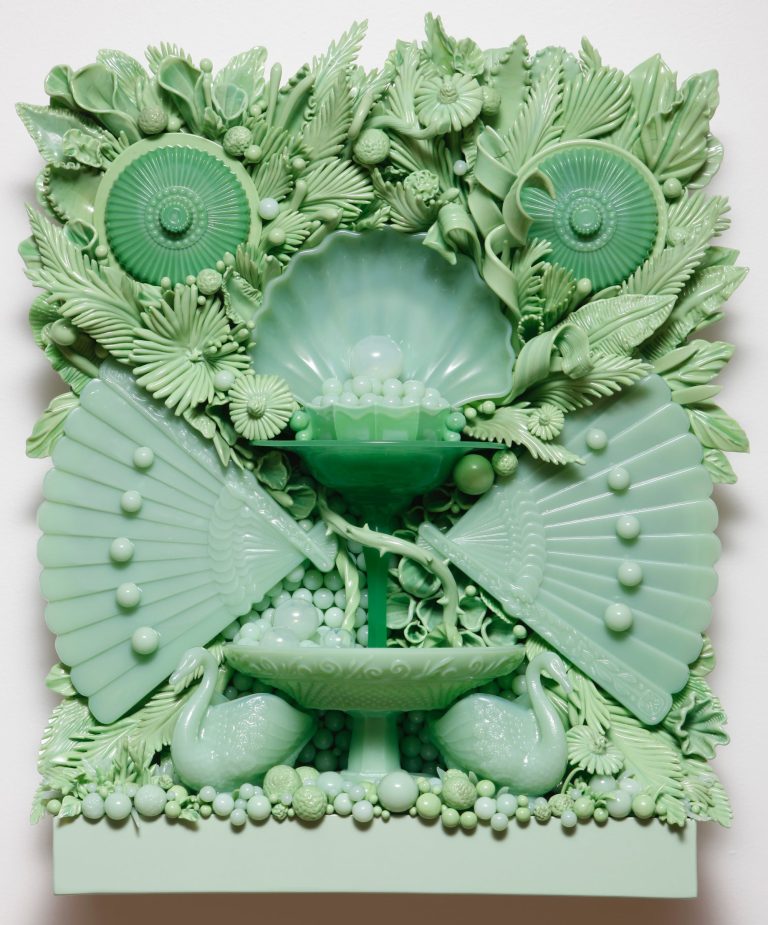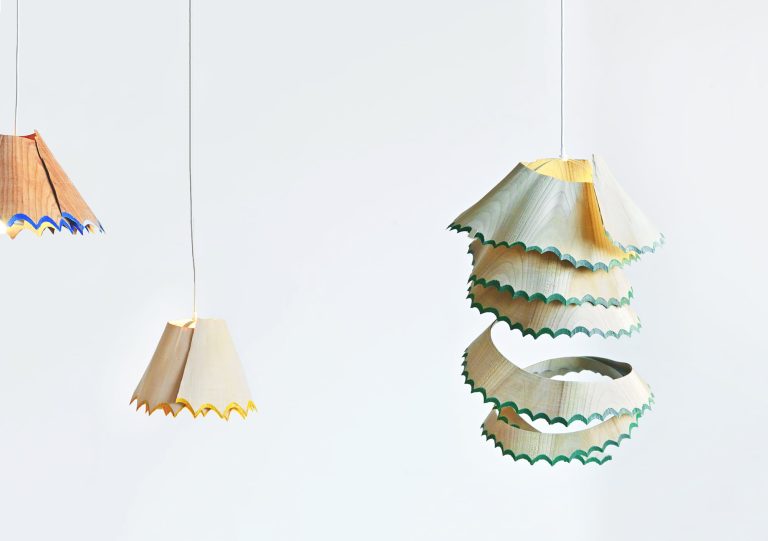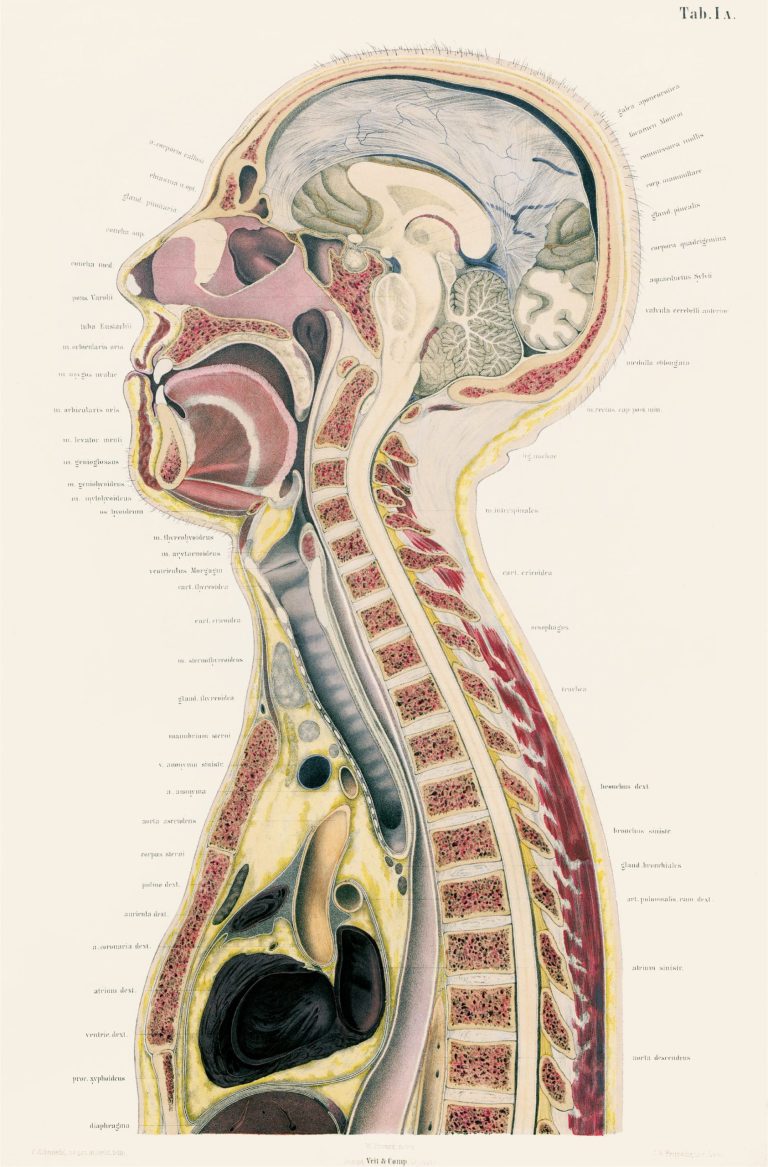The art room is a magical place where ideas come to life. We want students to create beautiful artworks. We want students to learn about different mediums, techniques, and processes. We want them to have fun while learning to appreciate art. We want students to build visual literacy and communication skills.
But do we want more for our students?
How can we instill authentic learning that will follow them beyond the art room? How can we challenge students to be creative problem solvers no matter what field they pursue?
We can start by highlighting design thinking in our curriculums.

What is design thinking?
Fundamentally, design thinking is a process to solve problems. It is a concept centered around applying creativity and innovation to our actions, decision-making, and problem-solving. As a concept, design thinking can be used to enhance our teaching practices. It can also empower student learning and artmaking.
5 main steps comprise the design thinking process:
- Empathize
- Define
- Ideate
- Prototype
- Test
The 5 main steps are further grouped into three I’s:
- Inspiration
- Ideation
- Implementation
The five steps are not linear—they are more cyclical, like the diagram in the Design Thinking Framework resource below.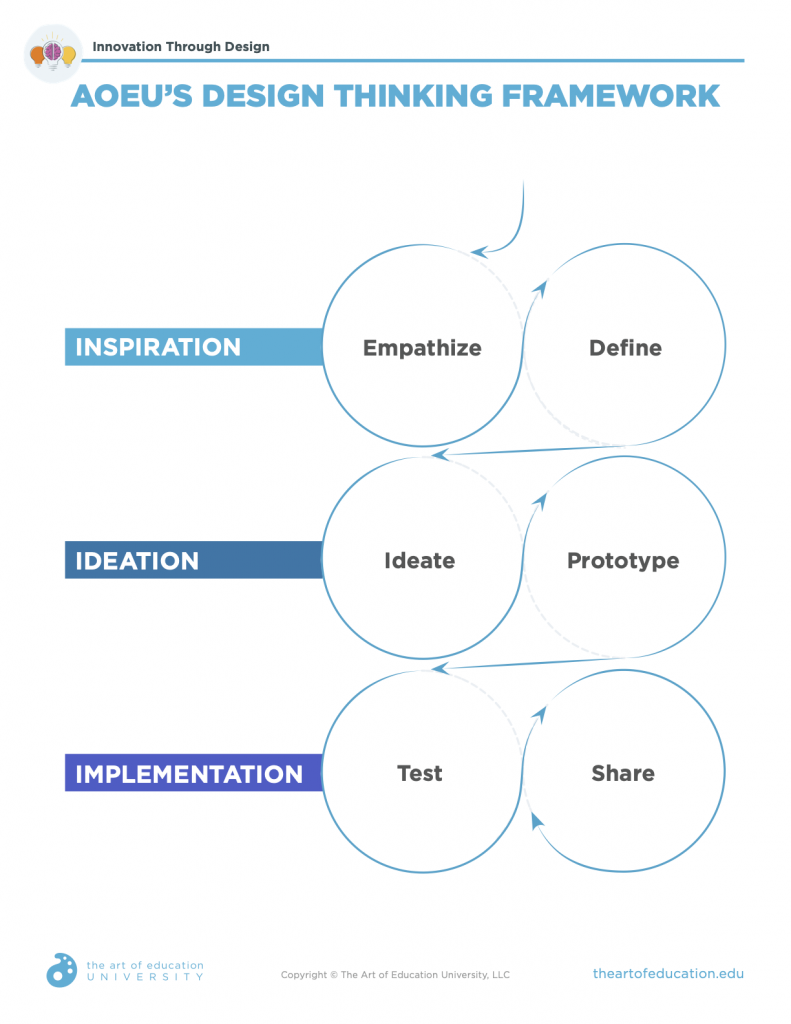
Download Now
Breaking down the design thinking process into the five steps and three I’s helps identify the correlation to the art room. You probably recognize these steps as you already include them in your classroom. For a deeper dive into the steps, check out the course Innovation Through Design.
To make the learning process meaningful, we need to focus on it in a student-friendly way. For instance, let’s say students are designing texture tools for clay.
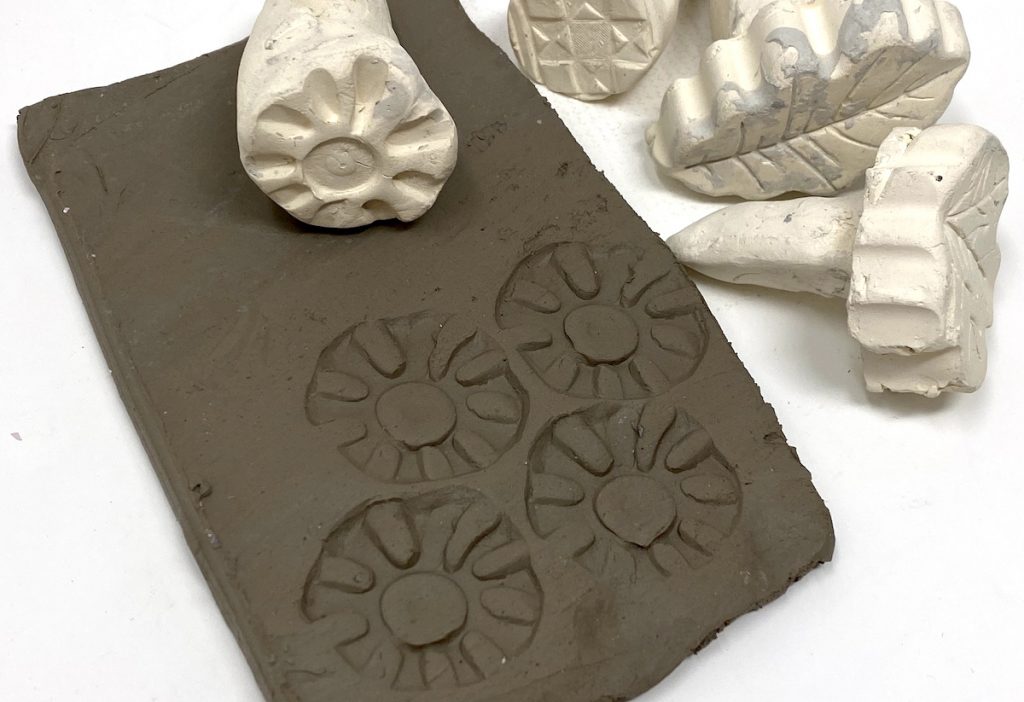
Here is a concrete example of the design thinking process at work:
- Empathize: Students notice there are limited options to create unique textures on clay with the provided tools and stamps.
- Define: Students struggle to find unique and interesting ways to add texture to their clay projects. The solution is for students to create their own clay texture tools to create distinctive designs.
- Ideate: Students sketch and research to develop concrete ideas that solve this problem. The only bad ideas are no ideas.
- Prototype: Based on their sketches, students construct texture tools. Students try a variety of materials and forms to find the best solution.
- Test and Share: Students test their texture tools on different clay forms. Students share the tools with their peers to get additional feedback.
As students go through the stages, they may need to revisit a step. As mentioned earlier, the design thinking process is not linear. Because it encourages revision and developing many ideas, sometimes a student might need to go back to a step several times.
How does design thinking impact our classroom?
Design thinking is something we all do in our classrooms—it’s a natural part of the studio process. We don’t always call it “design thinking” or take the time to spell it out to our students.
Design thinking supports the studio experience by:
- Encouraging innovation.
- Allowing for purposeful creation.
- Providing students the space to reach their own outcome.
- Promoting revision.
- Balancing the final result with the process.
- Showing there are many answers to a problem.
Art is all about creative and critical problem solving, and design thinking is a framework that aligns well. It facilitates students making art to answer a question or solve a problem in an open-ended, student-led environment.
Design thinking may look different in one classroom compared to another, and that’s okay! It is not a one-size-fits-all approach and must be adapted to fit each individual classroom’s needs.
What is your role as the teacher?
One of the main components of a powerful design thinking experience is that students create their own outcomes. Students take ownership of their artwork when they select the medium, subject matter, and method. When teachers make these decisions all the time, they decide the problems students need to solve. When we take a backseat and facilitate the design thinking process, students take responsibility for their own learning. They also get more out of the experience.
How do I get started with design thinking?
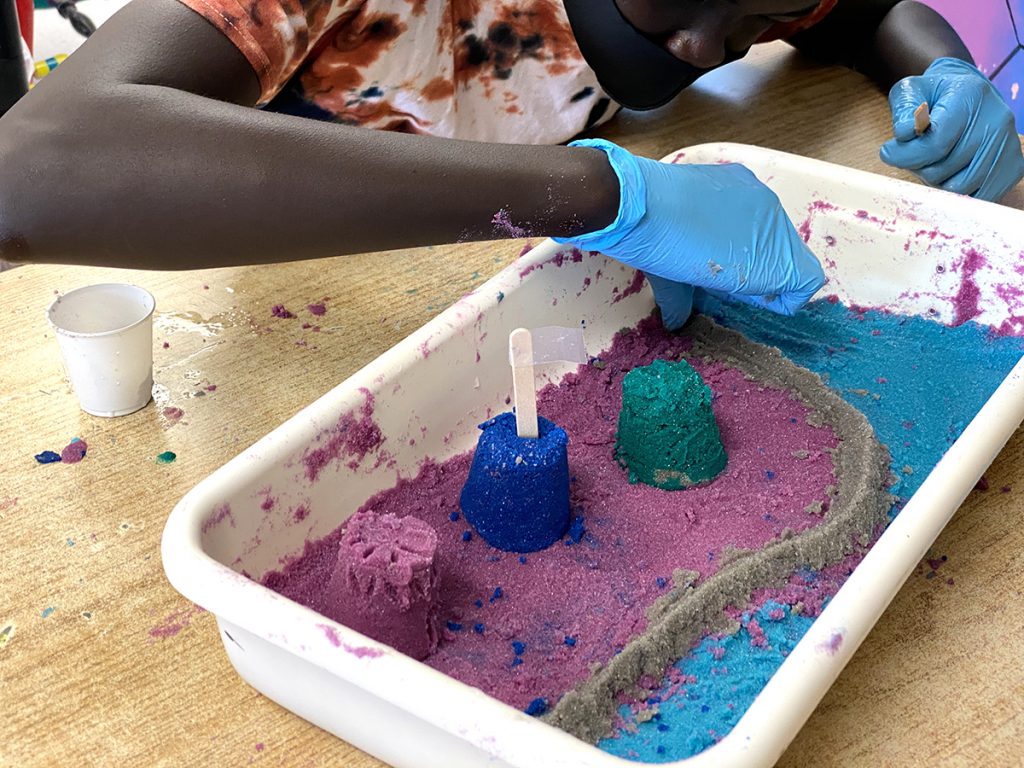
The key is to start simple. One of the best ways to begin implementing design thinking into your art room is through design challenges. Even though design challenges are heavily rooted in engineering and STEM concepts, they are a great tool to spark creativity and innovation.
Here are 6 art-based design challenges to bring design thinking into your classroom:
Another way to get started with design thinking is to register for AOEU’s course, Innovation Through Design. In this course, you will learn more about the five stages of design thinking and how to incorporate them into your teaching practice.
Teaching design thinking is a powerful way to support the studio experience in your classroom. It also gives students valuable and tangible skills they can apply to any field once they walk out of your room. Design thinking also encourages students to take ownership of their learning and make it a more authentic experience. This year, integrate a few moments in your lessons to feature the five stages and try out some design challenges.
How do you use the design thinking process in your art room?
What questions do you have about design thinking?
